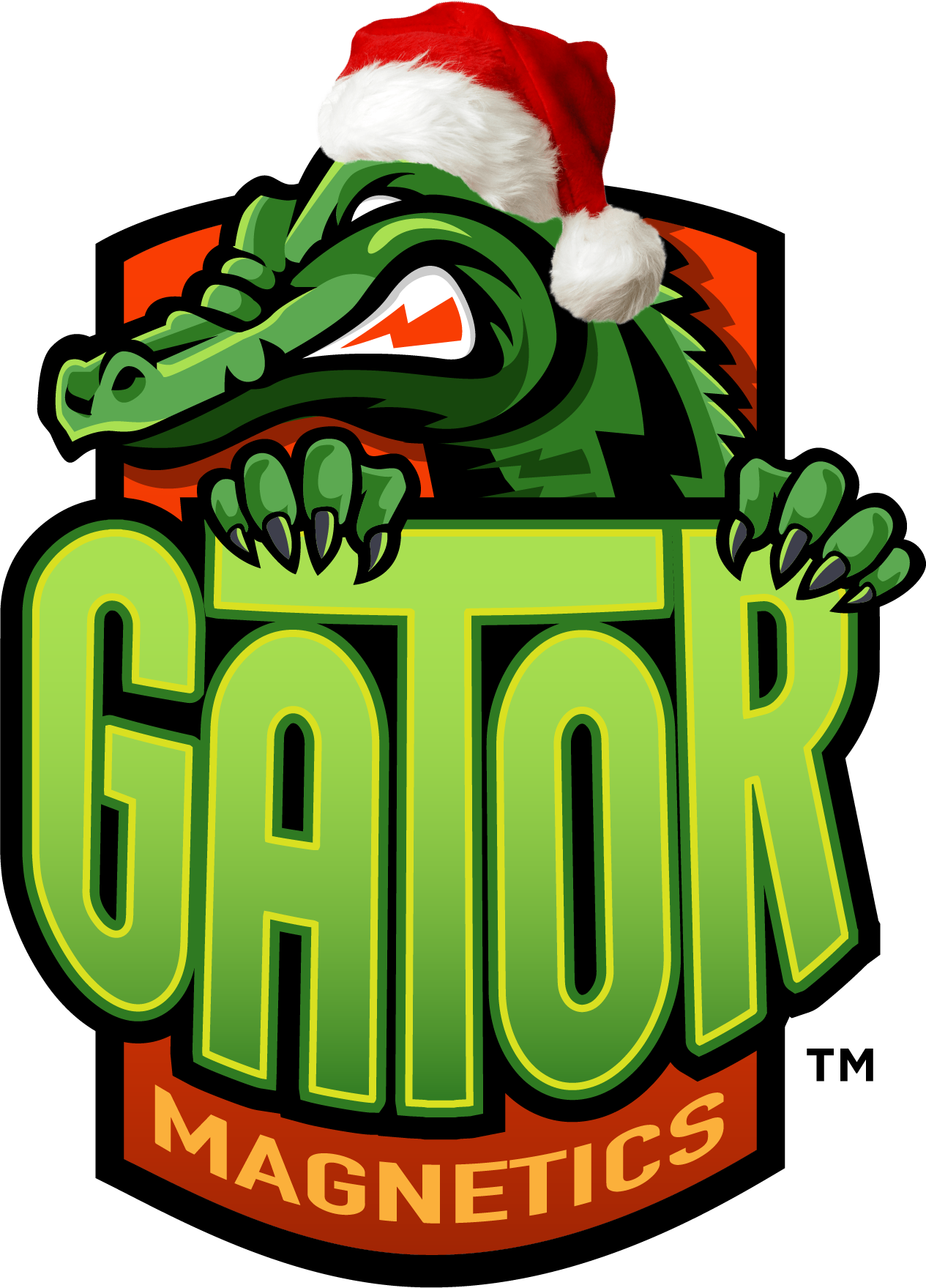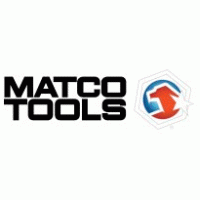“Why Are Gator Hooks So Expensive?”
If you’ve ever browsed our site, checked out our products, and wondered about the price—you’re not alone. We’re here to give you a straight answer: why our products cost what they do, and exactly what you’re getting in return.

Who Am I and Why Am I Writing This?
We’re a small, family-and-friends-operated business with just a handful of us running the show day to day. Like most small teams, we all wear a lot of hats—and one of mine is handling customer communications.
So, if you’ve ever emailed our support line, chatted with what you thought was a bot on our website, or dropped a comment on social media… hey there—that was me behind the screen. Every customer message that comes to Gator Magnetics goes through me. Which means I’m very familiar with comments like:
We take feedback seriously. And while some people might just be trolling, it’s in our nature to educate and inform people as much as we can about our products. So, I’m here to explain exactly what goes into a Gator Hook—and why we charge what we do.
What Makes Gator Hooks Different?
Patented Magnetic Technology
Traditional magnetic hooks have north and south poles on opposite sides of the magnet, which creates a large, looping magnetic energy field. That field loses strength quickly and is inefficient.

At Gator Magnetics, we use our patented technology to program north and south pole “Maxels” on the same side of the magnet. This creates a smaller magnetic field that’s much more energy efficient.

So how do we do this?
Each of our magnetic hook variants—Mini, Midi, Mega, and Baskets—has its own unique pattern of north and south poles called Maxels. These patterns are patented and exclusive to Gator Magnetics. Our different patterns = different holding capacities. That’s how we get the strength and reliability we’re known for. We even use a one-of-a-kind machine that we own and operate to program those patterns.
How does this compare to traditional magnetic hooks?
Most traditional magnetic hooks just slap a basic magnet onto a hook—usually off-the-shelf neodymium magnets or even cheaper ceramic ones. (So yes, you probably could make one of those yourself. Looking at you, Facebook commenter.)
The difference? Traditional magnetic hooks are made by attaching a magnet to a hook and calling it a day. We take that much further. We reprogram each of our magnet’s poles into specific patterns, tailored to each product, which adds multiple steps to the manufacturing process.

Our Patented Lever System
We’ve also designed a patented lever system that makes relocating our hooks easy. When you lift the lever, it acts like an “off switch” and disengages the magnet. Once the lever is up, the hook releases cleanly from the surface. Close the lever, and the magnet re-engages and holds strong.
Traditional magnetic hooks don’t have a lever system. If you want to move one, you must yank it off the surface—risking scratches or damage to your surface.
All That to Say…
When people see our price point, they instinctively compare it to the cost of a traditional magnetic hook. But we’re not a traditional magnetic hook.
We’re redefining what magnetic storage can do, and we ask people to take a step back and recognize that they’re comparing us to something that’s not even in the same league.
Traditional magnetic hooks don’t hold nearly as much weight, and they don’t work the way ours do. Sure, magnets are at the core of both a basic magnetic hook and a Gator Hook—but we take things a lot further.
Bonus Points
Pull Force vs. Shear Force
Traditional magnetic hooks’ holding claims are based on pull force, which measures the force required to pull a magnet away from the surface. That’s why you see claims like “Holds up to 45 lbs,” even when the hook can’t manage a drill.
We don’t use pull force as our standard. We use shear force—the actual downward force applied on a vertical surface, like when a hook is used for storage. Think about hanging gear like a backpack, weed trimmer, vacuum cleaner, leaf blower, a fully loaded tool bag, or a coiled extension cord on a wall. The downward force of those things hanging on the hook is what we measure.
Relocating our hooks? That’s easy too. With our patented lever technology, you just lift the lever to disengage the magnet and move it wherever you want—without prying, pulling, or damaging the surface.
Note: If a traditional magnetic hook’s pull force was strong enough to hold a 45 lb tool on a vertical wall, two things would happen. As you neared the steel surface, the large magnetic field would snap onto the surface when about 3” away and likely cut the tips of your fingers off. Then, once it stuck to the surface, you’d never be able to get the magnet off without using a pry bar. With Gator, you just simply lift the lever and voilà—it releases.

Thin Steel vs. Thick Steel
Traditional magnetic hook companies base their weight claims not only on pull force, but also on the assumption that you're using thick steel. So when they say “Holds up to 45 pounds,” they’re basing that number on pull force—and on steel that’s over ½”–1.5” thick.
Here’s the issue: most people don’t have steel like that in their home, garage, or utility van. Most steel surfaces found in garages, workshops, and sheds are much thinner—closer to 16-gauge steel, which is about 0.06 inches thick.
That’s what we use for testing. When we say our Mega Hook holds 45 pounds, we mean on the type of thin steel surfaces you actually have.

Conclusion
When people see our price point, they instinctively compare it to the cost of a traditional magnetic hook. And we get it—we are a magnetic hook, after all. But once you dig into all the behind-the-scenes mechanics that make up a Gator Hook, you’ll realize that comparing our products to traditional magnetic hooks is like comparing apples to apple pie.
Yes, both products use magnets, but that’s about where the similarities end. We’ve taken the concept of a magnetic hook and completely reimagined it—with our patented magnetic technology, patented Maxel patterns, and our patented lever system.
So while we may fall under the same “magnetic hook” category, we’re not just a magnetic hook. Sure, you can get a four-pack of traditional magnetic hooks on Amazon for the price of our most expensive hook—we know, we’ve seen them too. But like anything else, you get what you pay for. It would probably take two to four of those traditional hooks to do the job of one Gator Hook.
In closing, Gator Hooks cost more than traditional magnetic hooks—but that’s because we’re not your traditional magnetic hook. The best way to understand the difference? Grab a Gator Hook and a traditional one, try them side by side, and see for yourself. Then you’ll get it.














Leave a comment
This site is protected by hCaptcha and the hCaptcha Privacy Policy and Terms of Service apply.